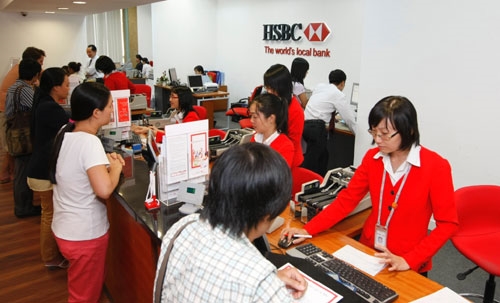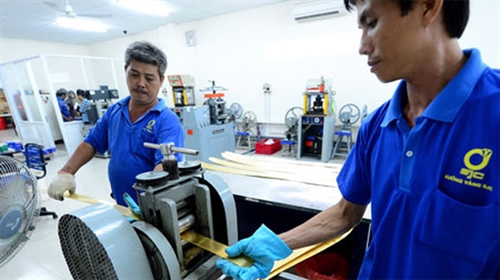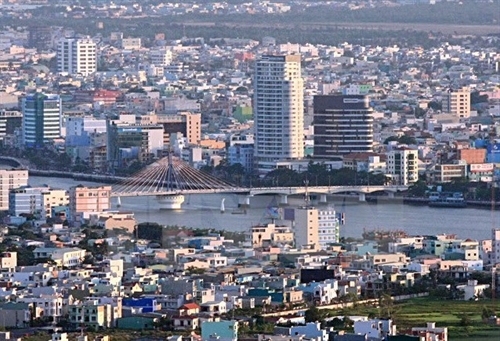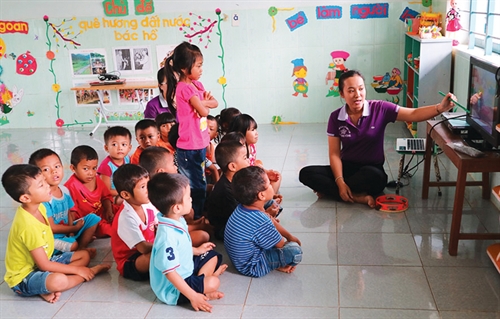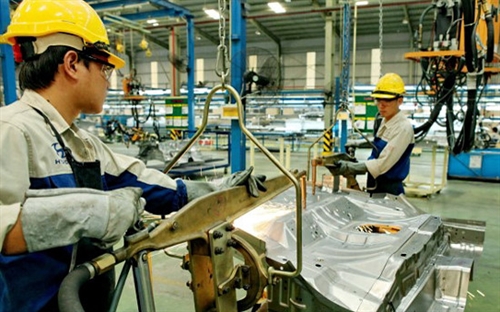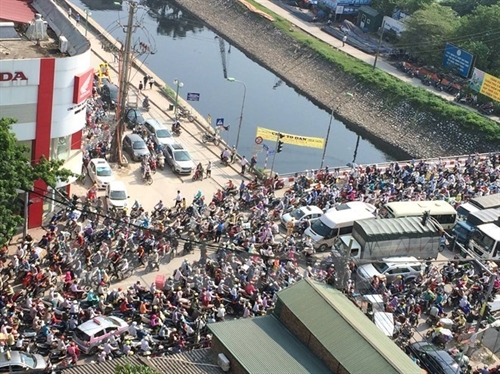Agricultural and aquatic products will continue to be regarded as key exports of the country.
This is highlighted in Prime Minister Decision 1137/QD-TTg dated August 3 approving the scheme on improving the competitiveness of
 |
| Agricultural products are key exports of the country__Photo: Internet |
The scheme plans to triple the 2010’s export turnover and achieve trade balance by 2020, and then strive to have trade surpluses during 2021-30.
In the 2016-20 period, efforts will be concentrated on increasing the quality and added value of products having competitive advantages, striving to reach an annual average export growth rate of 8 percent. The added value of key agricultural and aquatic products will raise by 20 percent on average with an incremental increase in the proportion of exports to developed economies such as EU,
During 2021-30, the average export growth rate will reach 9-10 percent per year.
The scheme will focus on improving the competitiveness of a number of key commodity items, including rice, coffee, rubber, aquatic products, pepper, cashew, cassava and cassava products, and fruits and vegetables, along with processing industrial products such as textile-garment, footwear, woodwork, and electronic products, among others. Attention will also be paid to some potential items, for example, tea, honey, chemicals, and materials and auxiliary materials for textile-garment and footwear production.
To achieve the above goals, the scheme introduces a number of solutions. Export production activities will be reshuffled through transforming production and export methods, increasing the proportion of high value-added products, and promoting the role of foreign-invested enterprises in export activities. Along with improving the quality of exports, the country will also focus on developing supportive industries serving the production of advantageous export items as well as branding activities for exports.- (VLLF)
